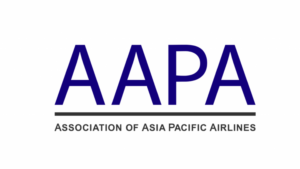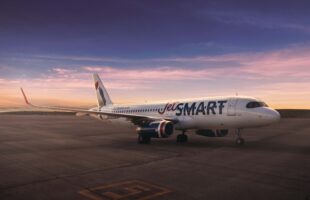

Preliminary October 2024 traffic figures released today by the Association of Asia Pacific Airlines (AAPA) revealed robust travel demand across the region, fuelled by healthy leisure and corporate travel appetites. International air cargo markets also saw potent growth, supported by businesses restocking inventories in preparation for the year-end holiday season and major online sales events.
Asia Pacific airlines’ international passenger numbers increased by 19.0% year-on-year in October, reaching a combined total of 31.0 million. Traffic volumes averaged 98.6% of the corresponding month in 2019. Revenue Passenger Kilometres (RPK), a measure of passenger demand, grew by 19.7% year-on-year, reflecting growth in long-haul sectors. The growth in demand outpaced an 18.6% expansion in available seat capacity, leading to a 0.8 percentage point improvement in the average international passenger load factor to 81.2% for the month.
The region’s airlines continued to benefit from growing demand for timely air shipments. In October, international air cargo demand in freight tonne kilometres (FTK) rose by 10.9% compared to the same month last year. Offered freight capacity increased by 10.6%, led by continued growth in international belly-hold capacity. As a result, the average international freight load factor saw a marginal increase of 0.2 percentage points to 61.6%.
Commenting on the results, Mr. Subhas Menon, AAPA Director General said, “October was another strong month for Asia Pacific airlines, with a total of 303 million international passengers carried for the first ten months of the year, a 33% increase compared to the corresponding period in the previous year. The sturdy demand, along with capacity constraints caused by ongoing supply chain disruptions, resulted in an average load factor of 81.5% during the same period.”
“Cargo demand rose sharply on major trade lanes, driving a 14% increase in international air freight volumes during the first ten months of this year. This was on the back of robust consumer demand and disruptions to maritime shipping due to security risks in the Red Sea.”
Looking ahead, Mr. Menon said, “The outlook for travel markets remains positive, buoyed by growing demand in both leisure and business segments. However, challenges remain for carriers in meeting the demand, notably due to supply chain disruptions and delays in aircraft deliveries. On the cargo side, markets are expected to remain vibrant through the remainder of the year, despite some economic uncertainties in the advanced economies. Overall, Asian airlines remain well-positioned to adapt to evolving global conditions, and to navigate these challenges effectively.”









